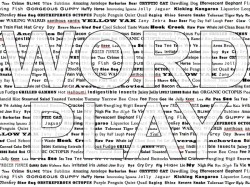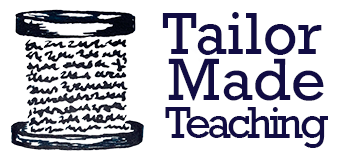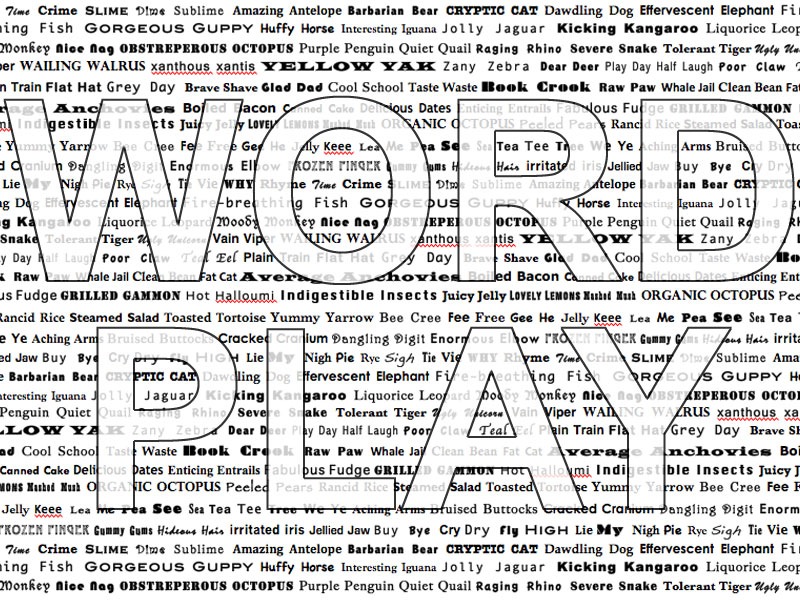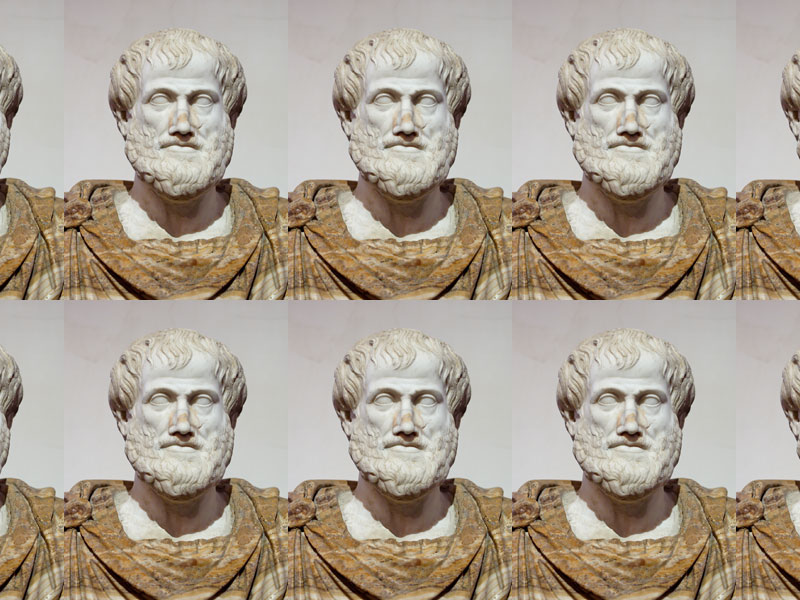Language Play – Alliteration and Rhyme
 Persuasion, poems, puns. We use language to connect, to communicate, to conceal; for literature and laughs. From the time we begin to babble as babies language play is something we all do. Here are some of our favourite no materials, no preparation, rhyming and alliteration games.
Persuasion, poems, puns. We use language to connect, to communicate, to conceal; for literature and laughs. From the time we begin to babble as babies language play is something we all do. Here are some of our favourite no materials, no preparation, rhyming and alliteration games.
Alliteration
Our favourite alliteration game is a variation on ‘When I went to market’.
Person 1: I went to the zoo and I saw an active antelope.
Person 2: I went to the zoo and I saw an angry antelope, and a bubbly baboon.
Person 1: I went to the zoo and I saw an adorable antelope, a bamboozled baboon and a cautious cat.
Person 2: I went to the zoo and I saw an arthritic antelope, a beautiful baboon, a crafty cat and a divine dog…etc. etc.
Or even…
I went to the zoo and I saw an arthritic antelope acting atrociously, a beautiful baboon being bored, a crafty cat catching crabs, a divine dog dancing dangerously…..(Warning: as much as you might want it to, this game never ends. We’ve walked for miles around Oxford and have got home still on J).
This game can also be played as ‘I went to a restaurant and I ordered…(amazing anchovies) ‘ or ‘I went to the doctors complaining of….(aching arms) etc. etc.
A lovely book on alliteration for children is Ellsworth’s Extraordinary Electric Ears.
Rhyme Games
1. QUESTIONS & SUGGESTIONS
Think of a word e.g. ‘me’
Person 1: I’m thinking of a word that rhymes with ‘tree’.
Person 2: Is it an insect that makes honey?
Person 1: No, it’s not a bee.
Person 2: Would you find a boat on it?
Person 1: No, it’s not the sea. etc. etc.
2. HINK PINKS
I think this is an American game. I’ve only recently come across them, but they are addictive.
A hink pink is a kind of riddle whose answer is two rhyming words, e.g.
Q. What do you call an obese feline?
A. A fat cat.
Q. What could you call average boredom?
A. Medium tedium.
You can use it for homographs (words that are spelled the same and sound the same but have different meanings)
Q. What do you call a sad colour?
A. A blue blue.
To start you off have a look at more hink pinks here.
3. FREE RHYMING
Together see if you can talk about a topic and make as much of it rhyme as possible. For example: What did you do today?
Person 1: Today I went to school.
Person 2: I didn’t go to the swimming pool.
Person 1: I did maths, which is cool!
Person 2: Your teacher’s not a fool. etc.
Extra points if what you say is actually true!
4. WORDS, WORDS, WORDS.
Pick some random words from a book, the radio, a song, whatever, and see how many rhymes you can come up with. Then check whether you missed any using an online rhyming dictionary (such as Kenn Nesbitt’s Poetry for Kids rhyming dictionary NOTE – this dictionary really helped when my daughter was writing a thank you poem for her teachers last year, the dictionary offered the sublime ‘apostles’ as a rhyme for ‘fossils’).
5. NONSENSE
Pick a word and think of a nonsense rhyme, a word that doesn’t exist, and make up a definition for it – what does the word sound like it would mean? This is a good introduction to sound symbolism and perhaps onomatopoeia. With EFL classes this could lead into discussion of universal cognates.
If you’re interested in the importance of rhyme, have a look at Why rhyme?







Leave a Reply
Want to join the discussion?Feel free to contribute!